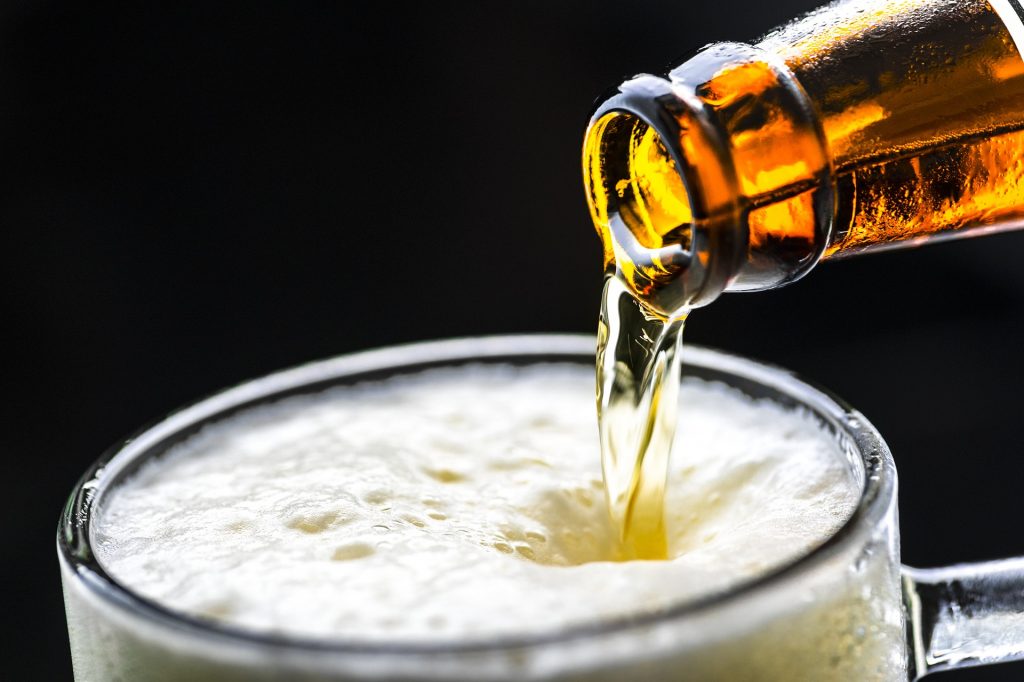My family upholds a lot of traditions in the Easter season, from the foods we cook and eat to the events we take part in, and they always bring a smile to my face.
So what does this have to do with beer? Well, when it comes to tradition, the Germans have very strict ones for brewing beer. Bavarian purity laws that originated in 1516 state that “nothing other than barley, hops and water be used to produce beer” (yeast was later added). The law originated in the Duchy of Bavaria and was later adopted by all of the German states. It became a national law in 1906 after Germany’s unification and stands today as the major law that governs brewing in the nation.
Despite the law’s strict nature, German brewers have managed to come up with some creative combinations that propelled them into one of the top beer-producing nations in the world, unmatched in quantity and quality. Today, more than 1,300 German breweries use only four natural ingredients to create over 40 types of beer (alt, pils, kölsch, etc.) and some 5,000 beer brands — a diversity unique in the world.
I am a fan of many German beers, and this week I turned my attention to the Warsteiner Brewery and its Konig Ludwig Weissbier. Described as a “refreshing pale-wheat beer with a full-bodied, lively taste perfectly balanced with a fruity beer aroma,” it comes from “the originators of the Bavarian Purity Law from 1516 and the founding family of the Oktoberfest.” The present-day brewery was founded in 1753 and is owned by the ninth generation of the Cramer family, so its brews are steeped in the values of both tradition and innovation.
The Weissbier had an impressive pour, very carbonated at first, but it cleared to a nice, pale yellow with a steady head that maintained its consistency throughout the session. The mild flavor had multiple undertones — both hoppy and with tones of fruit that emanated from the types of grain used in the brewing process. The mouthfeel was thin, and the bubbles danced on my tongue. While enjoyable, the flavor had a slightly bitter aftertaste that lasted for a short bit after the first sip but dwindled as the session continued. The brew clocks in at a low 15 International Bitterness Units, so the slight bitterness was par for the course.
Clocking in at 5.5% ABV, this beverage was super enjoyable in a long session and would be best enjoyed responsibly. If a wheat beer is up your alley, this one will not disappoint. This beer would taste great year-round but would be especially good to pick up during the fall as you gear up for Oktoberfest.

Brian Hazlak lives in Kingston and reviews beers for the Liquid column. He holds a master’s degree in history from University of Scranton and works as a licensing supervisor for the Office of Children, Youth & Families in Scranton and as an adjunct professor of history at Luzerne County Community College. Contact him at hazlakb42@gmail.com.




